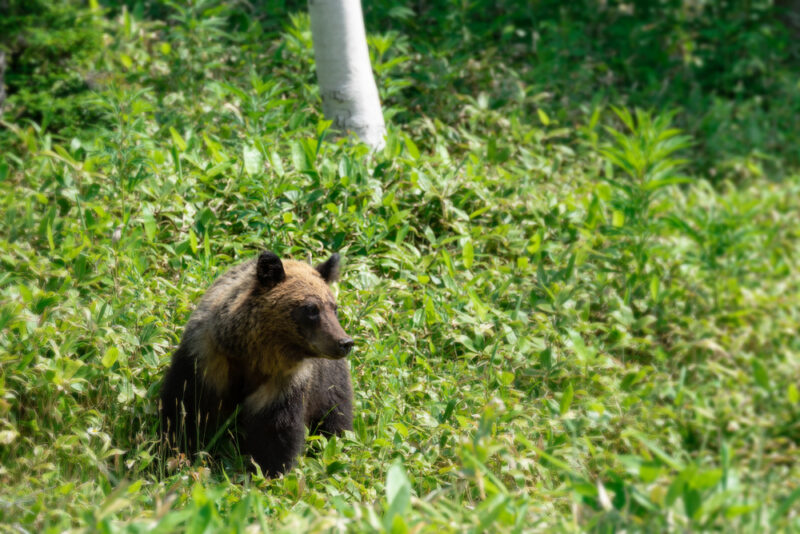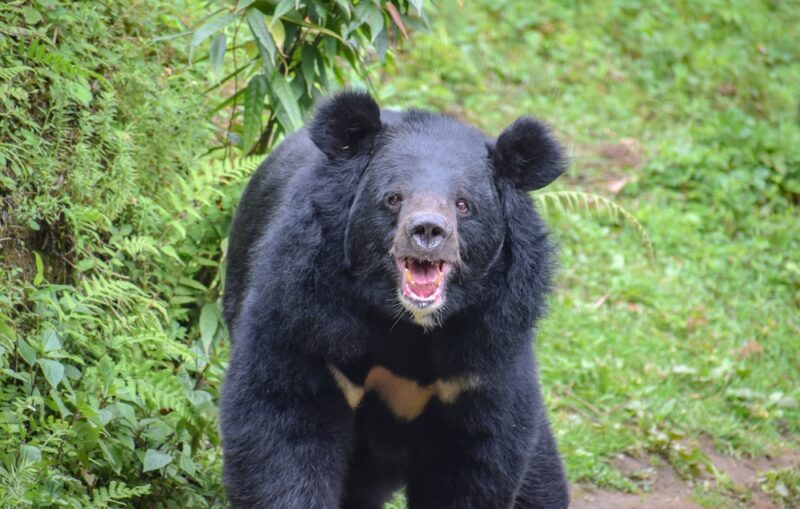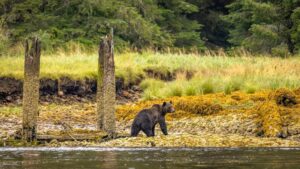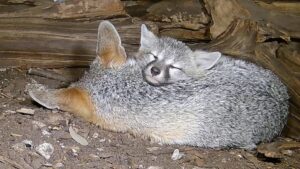Japan is having its deadliest year on record for bear attacks. Since April, seven people have been killed and another is missing and presumed dead.
That is the highest annual death toll since officials began keeping data in 2006. More than a hundred others have been injured as bears are increasingly wandering out of the forests and into towns, farms, and even supermarkets.
The most recent death came on October 8, when a man in his seventies was found in a forest in Iwate Prefecture. It is reported that his head and torso had been completely severed. Two more elderly men have been found dead in forests in Iwate and Nagano, both with deep claw marks. Authorities suspect bears in both cases.
It’s not just the number of fatalities that have shocked people in Japan. It is also the ever-rising frequency of bear encounters. Last week, in the Gunma region north of Tokyo, an adult bear burst through the doors of a supermarket, injuring two customers as terrified shoppers fled. On the same day, five more attacks were reported in Akita and Fukushima — all in one 24-hour span.
Bears are becoming a national concern. Once seen as elusive, both species of bear in Japan are now appearing regularly in inhabited areas. Experts believe the surge in attacks is due to a combination of climate change and Japan’s aging human population.

The Ussuri Brown Bear. Photo: Shutterstock
Fewer acorns
Bears in Japan depend heavily on acorns as a food source. This year, that food source has plummeted because of unseasonably warm weather and erratic rainfall. Wildlife experts claim that the bears aren’t actually becoming more aggressive, but that they’re hungry and disoriented because forests no longer provide what they need.
Warming temperatures are also playing havoc with the bears’ hibernation patterns. Some are sleeping less or waking earlier, extending their active season and increasing the chances of crossing paths with people.
Adding to the problem is Japan’s aging population. There are fewer hunters now than ever before. They used to keep the bear population in check, but that is no longer happening. Fewer people are also living in the rural areas, so abandoned farmland is creating new corridors between forests and human settlements.
Local authorities are struggling to adapt to the situation. Some villages and towns are experimenting with loudspeakers, fireworks, bearproof bins, and even drones to try to deter the bears. Experts warn that these are only temporary fixes and that the underlying causes of the bears venturing into inhabited areas will be far harder to solve.






